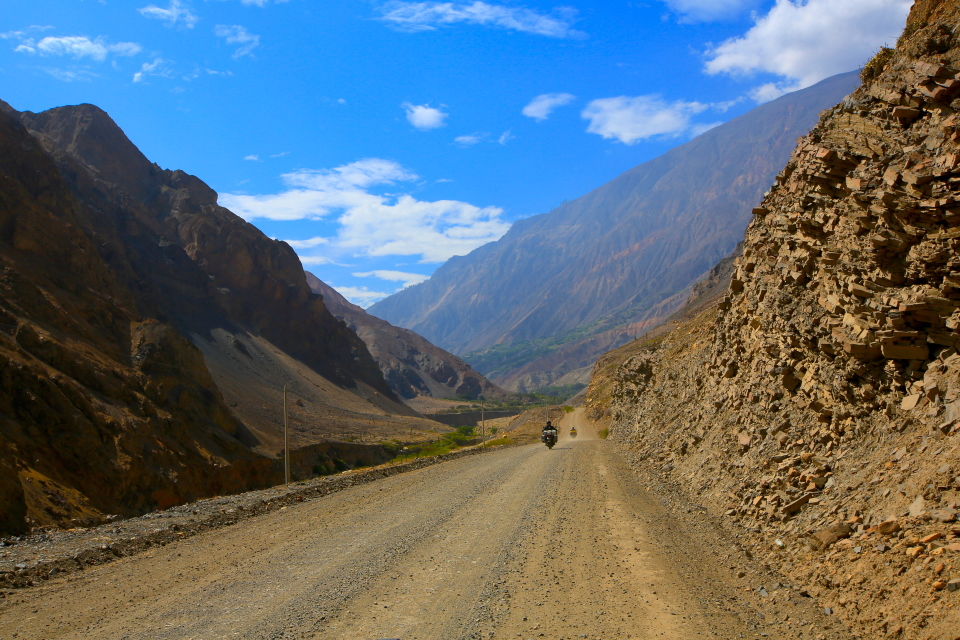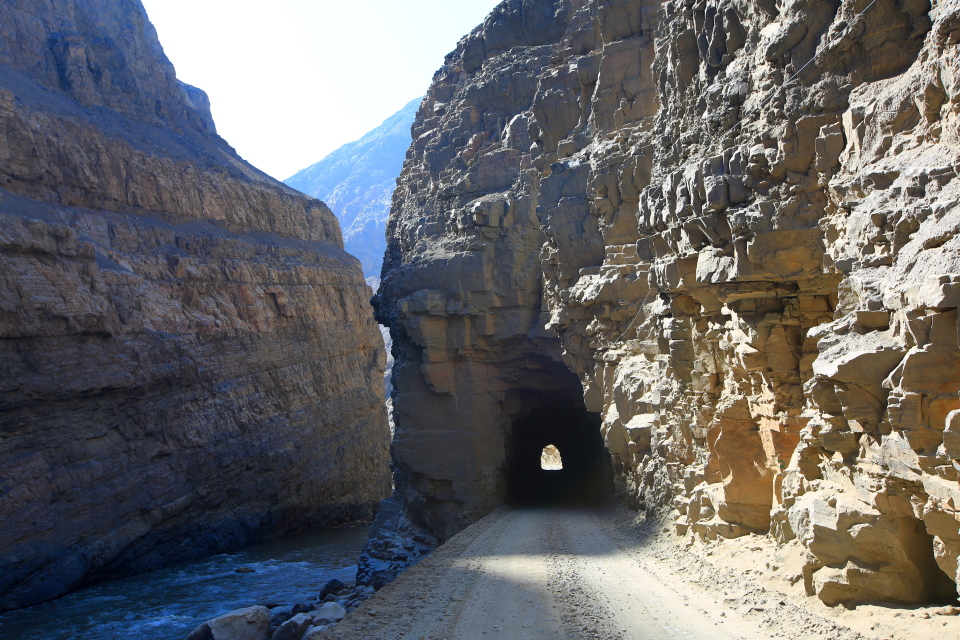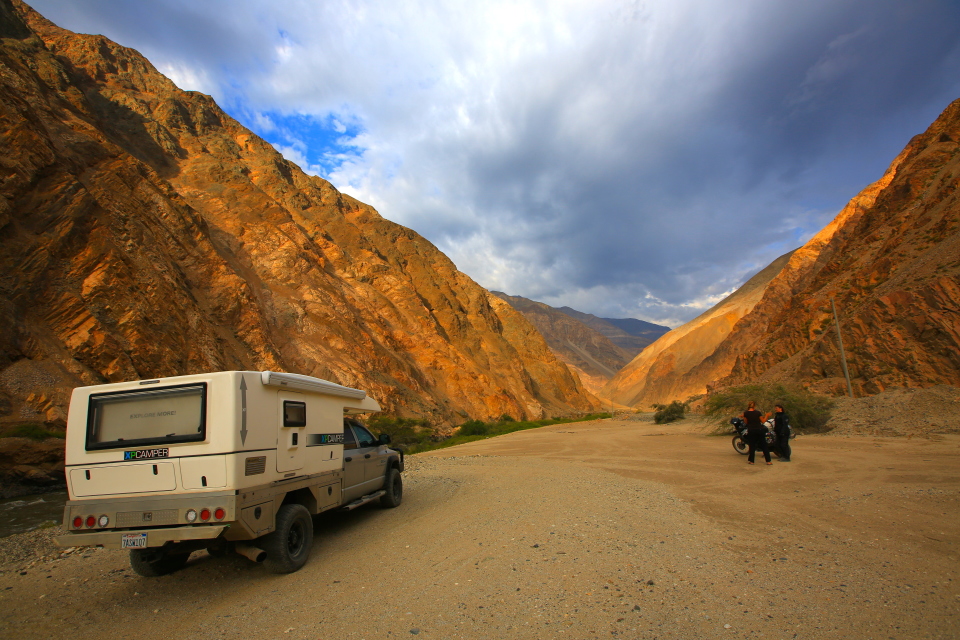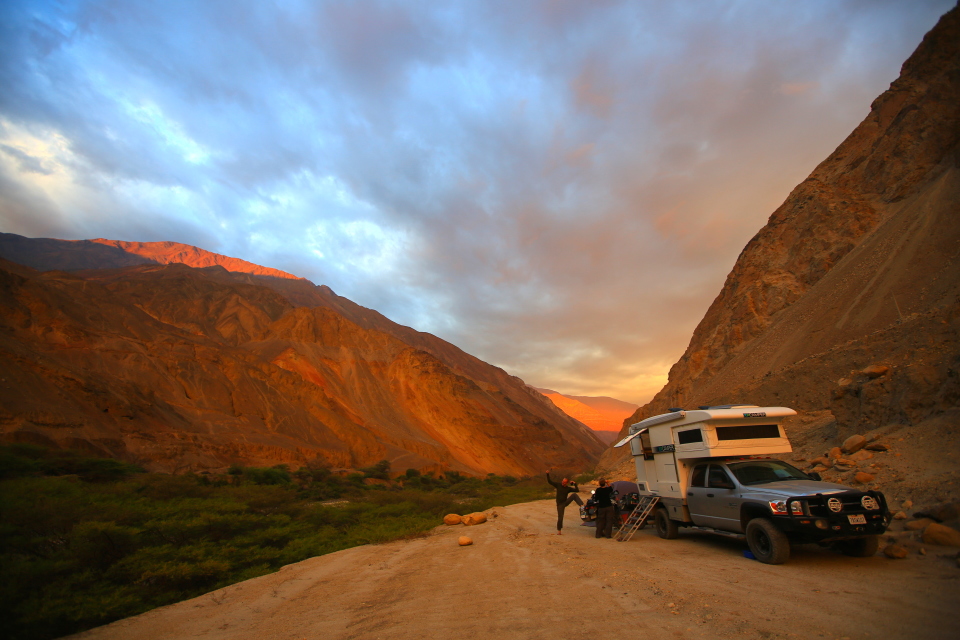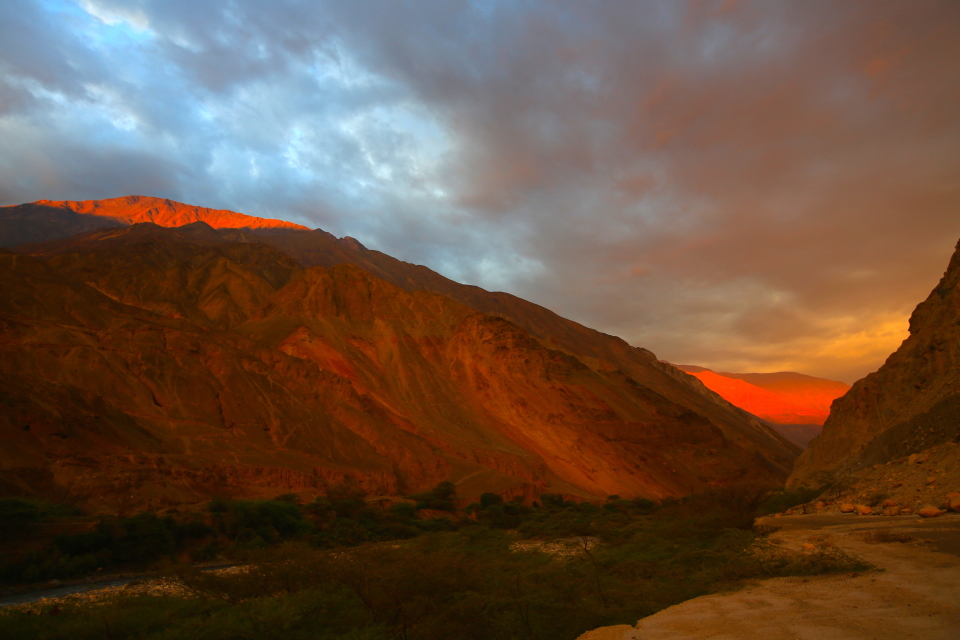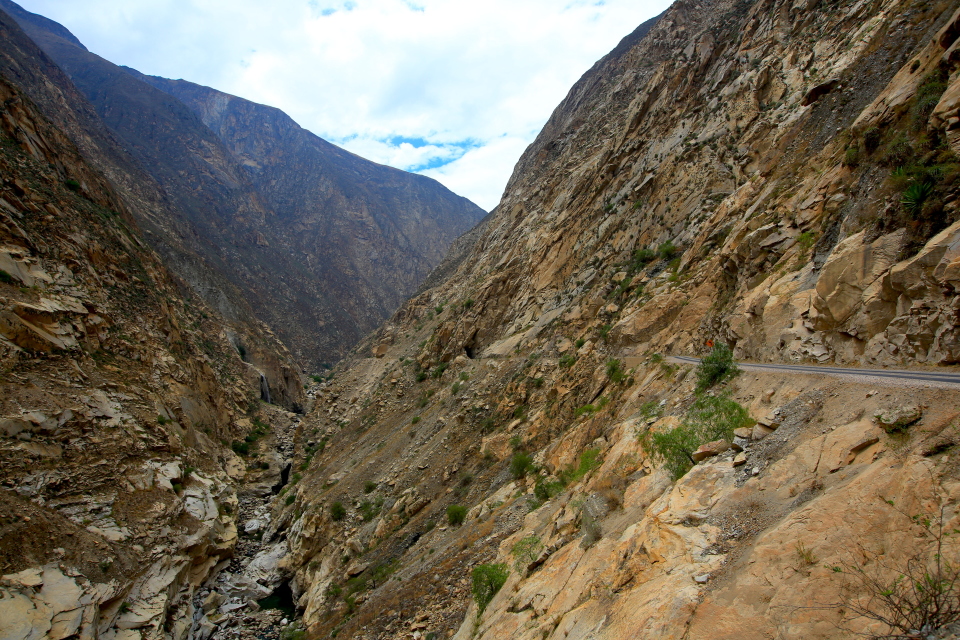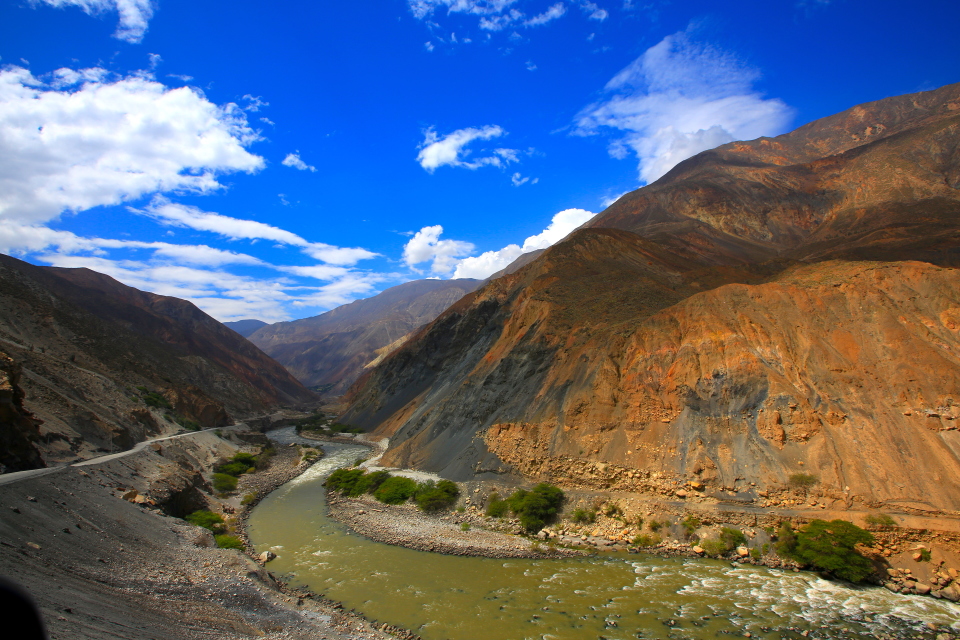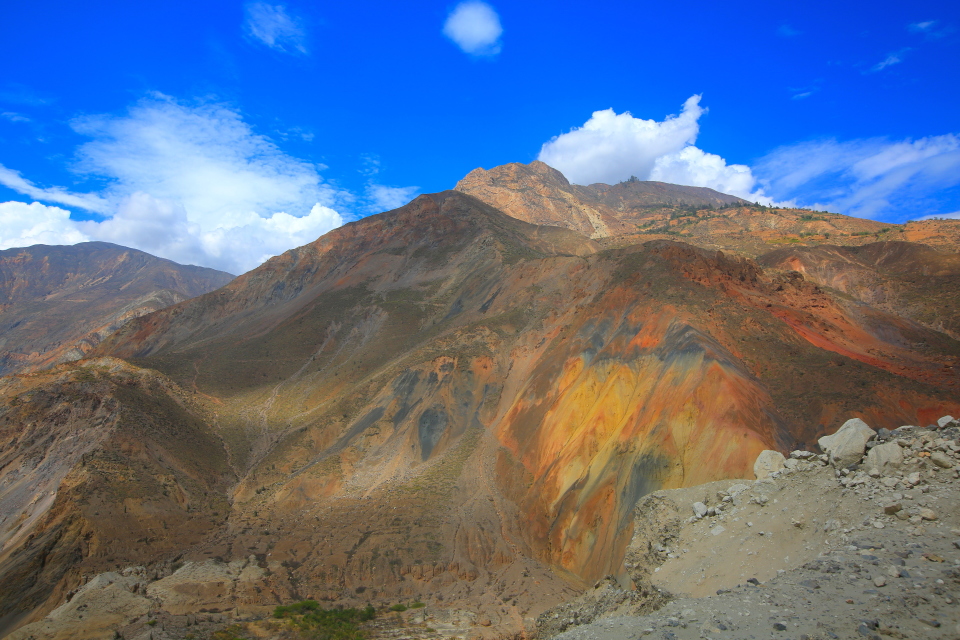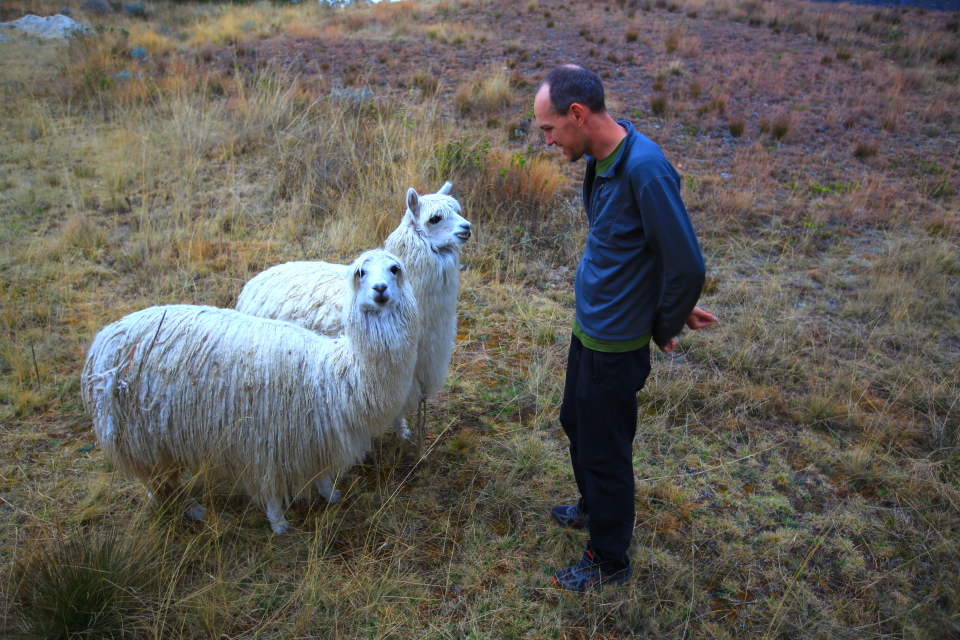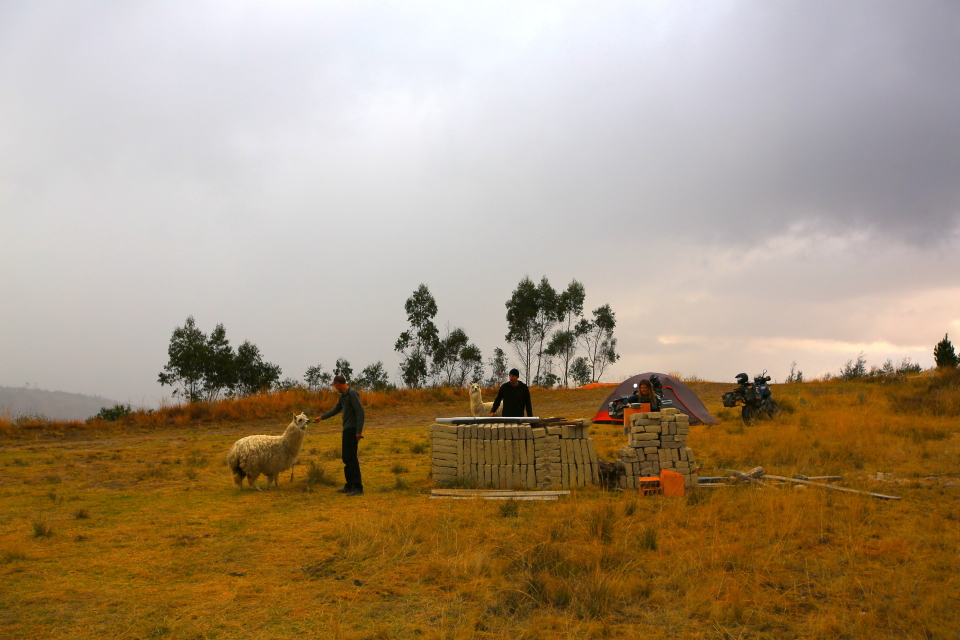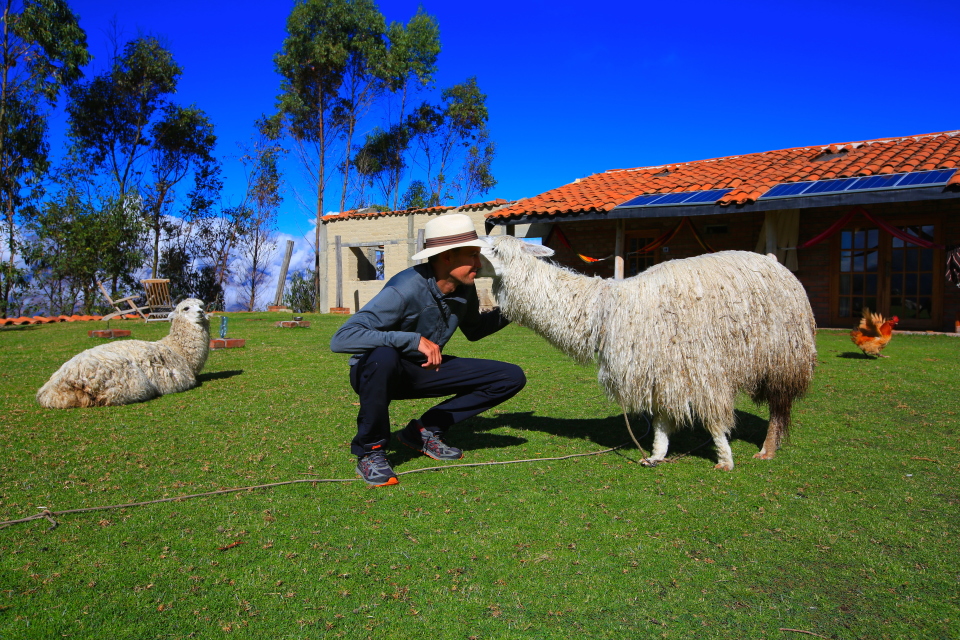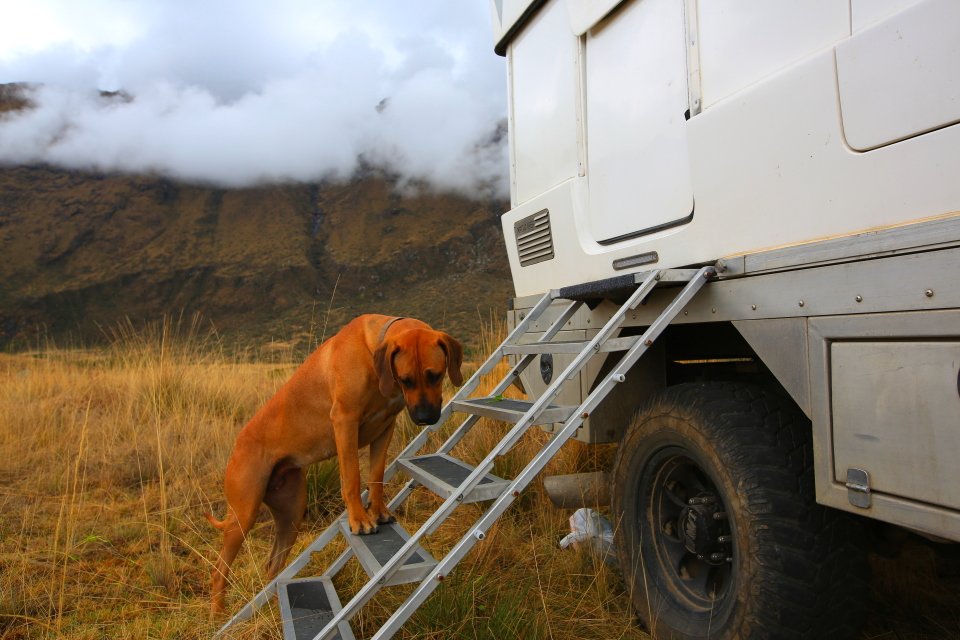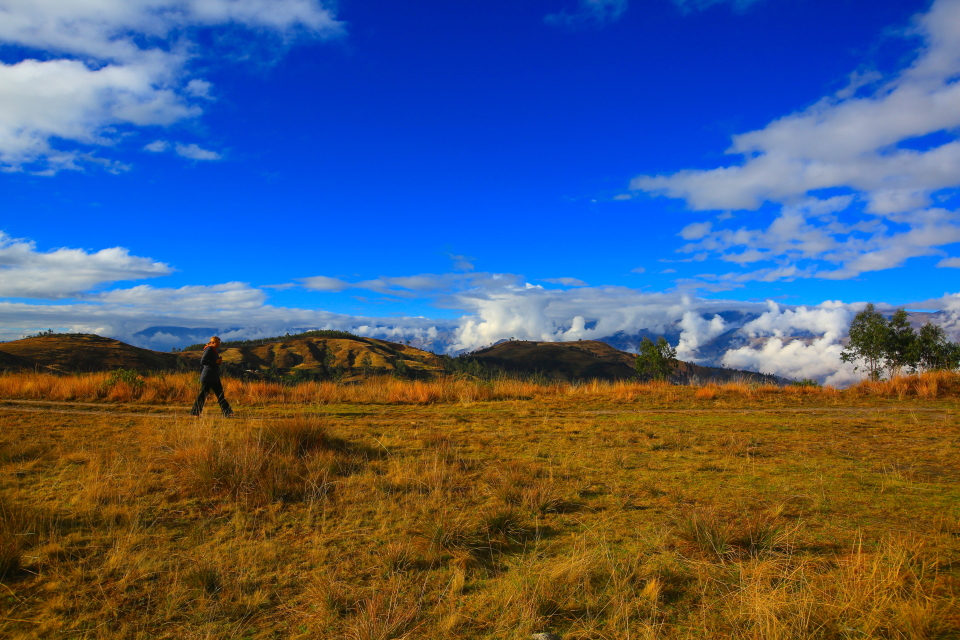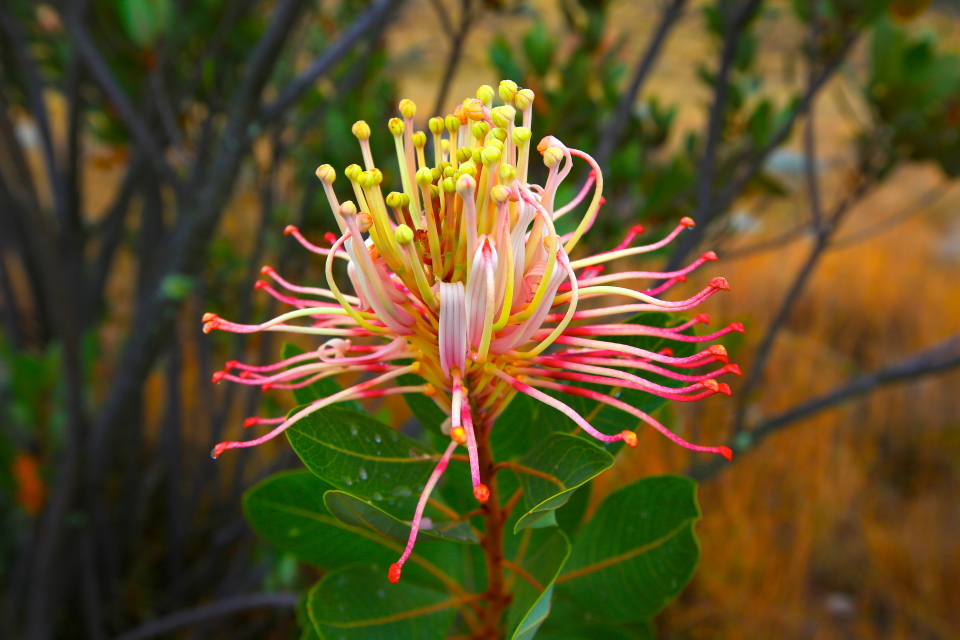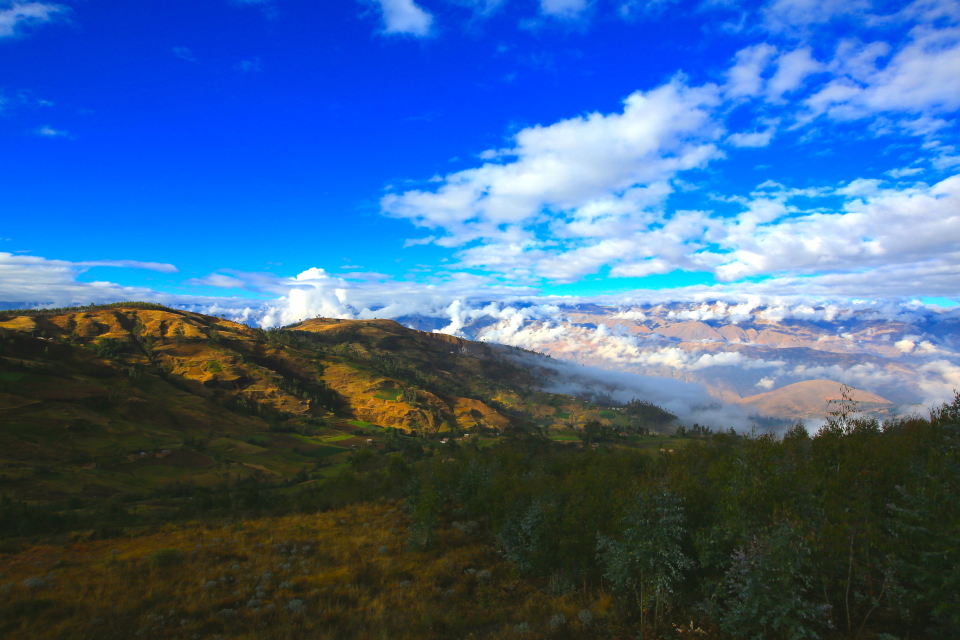I was not really taken with the northern coast of Peru. The huge grey sand dunes were stunning in the far north at first, but seemed a bit monochromatic and monotonous after hundreds of kilometers of unchanging landscape. It was also often a bit grey and overcast out which does not help with the already dreary landscape. The towns also had a slightly depressing feel to me, full of charmless cement block houses, most unfinished with rebar sticking out of the top. Also, this area was the only place in Peru where we were continuously told by locals to watch our vehicles, even in fancy guarded mall parking lots. Nothing happened, but when locals tell you to have one person stay in the car while the other grocery shops to prevent break ins, I felt like I was a little more on edge along the populated portions of the coast than I had been in a while.
To be honest, we did not spend much time at all exploring this region, so maybe if we would have moved off the PanAmerican highway more we would have discovered some areas that we loved, however, we were not really inspired to do so. So after our brief time on the coast we decided to get back into the mountains and head into the Cordillera Blanca portion of the Andes.
Over a dinner of delicious ceviche in Huanchacho, we convinced our biker friends Michelle and Brian to head into the mountains with us, promising them we would carry all the water they needed and give them our ARB fridge in the cab for their food (non perishable food is a luxury for bikers). They said they were in and we spent the evening back at camp planning our route. We decided to take the road to Caraz through the Canon del Pato (Duck’s Canyon) that would be our introduction to the Cordillera Negra.
Canon del Pato
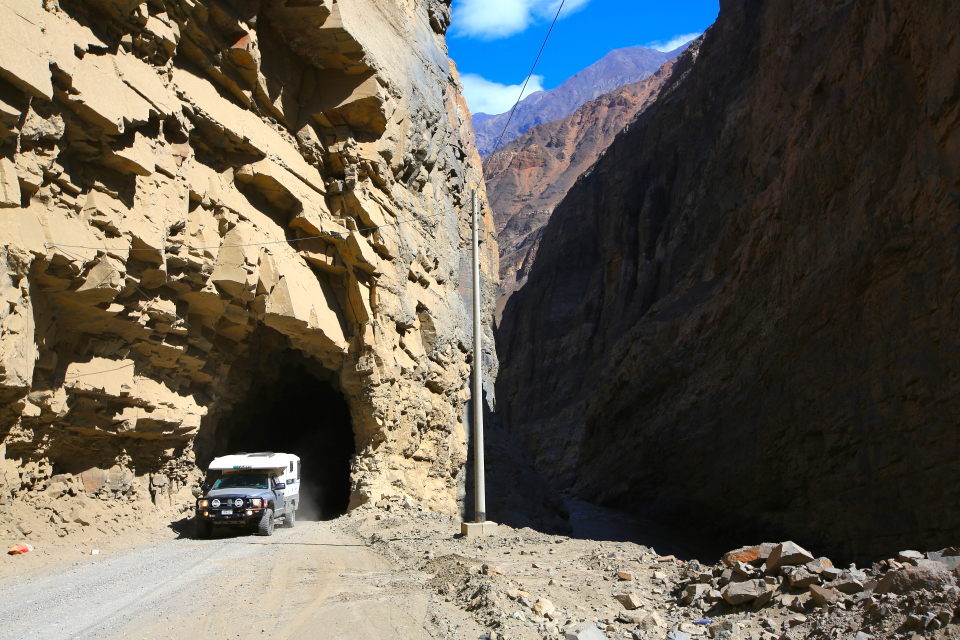
One thing you do not want to happen on this drive, is for another vehicle to head into the tunnel. This happened and we were lucky they backed out to let us pass.
This was a spectacular two day drive through deep canyons with over 39 tunnels through the thick canyon walls. The strange thing I learned as we drove through this canyon is that buried 600 meters deep within the walls is Peru’s most important hydroelectric power plant. You can barely tell while you are driving that a major operation is taking place deep within the canyon walls and it had a very James Bond, hidden lair feel to me.
Since our first few days in Peru I had been seeing signs painted on mud houses and sides of tiendas about the government and mining operations “stealing” water and diverting rivers from local communities. It seems like it is a huge issue in the country and I have become really interested in it, especially when I have talked to people that only have water in villages for a few hours a day (even though there are snow covered mountains and rivers all around them). Out of all the basic human needs, water comes first. Without water life stops. The Peruvian government has stated that in the last 40 years Peru’s tropical glaciers has diminished by 40%. That is a scary statistic. Also, over 50% of Peru’s power currently comes from hydroelectric plants, with less snow melt, there is going to be a huge demand for both power and water. The future is a bit bleak.
Living my entire life in California, I understand drought and water shortages, and my home state has yet to really deal with the reality of our water situation. Like Peru, with the main water sources drying up with less snow every year, the future around this necessary resource is a bit grim. This trip has really opened my eyes to the both the stunning beauty of the planet and the fragility of it. I just hope that a hundred years from now all the beautiful things I am seeing will still be here. The idea that they will not haunts me.
LLanganuco Lodge, Yungay
We stopped to acclimatize to the altitude at around 11,500 feet for a few days at “Charlie’s Place” as we called the fancy lodge where the British owner Charlie lets overlanders camp on his land with a stunning view of the snow capped Huascaran mountain (when the clouds feel like showing it to you). Charlie has two amazing Rhodesian Ridgebacks that every overlander that stays there seem to fall in love with. He also has two pet alpacas that most overlanders seem to hate (the female spits and kicks) except Sam. Sam nicknamed the alpacas Fluffy and Snaggle-tooth and then spent days following them around, trying to feed them veggies (which they would not eat) and playing with them (to Brian’s chagrin since they kept invading their camp space).
During this time as Sam was making friends with the farm animals, I was recovering from my first real food poisoning of the trip. I got it from a raw spinach salad of all things! I was sure I would have gotten it earlier from all the $2.00 lunch mystery meat we had been eating in Peru. Instead, I was craving healthy food and made a giant spinach salad with raw spinach I bought at the local market. I washed it in our fresh water but apparently it was not enough, I should have added the iodine we bought in Mexico for washing greens. I called it my Peruvian two day cleanse, and luckily it was rainy and cold outside, so I did not feel too bad spending the days in our cozy bed watching three seasons of The Walking Dead on my iPad as my poor stomach recovered.
On our final morning at Charlie’s place, the sun finally came out and showed us the stunning peaks it had been hiding for days, I felt much better, and we all decided it was time to head into Huascaran National Park to see what our guide book said was some of the most beautiful mountain ranges in the world.
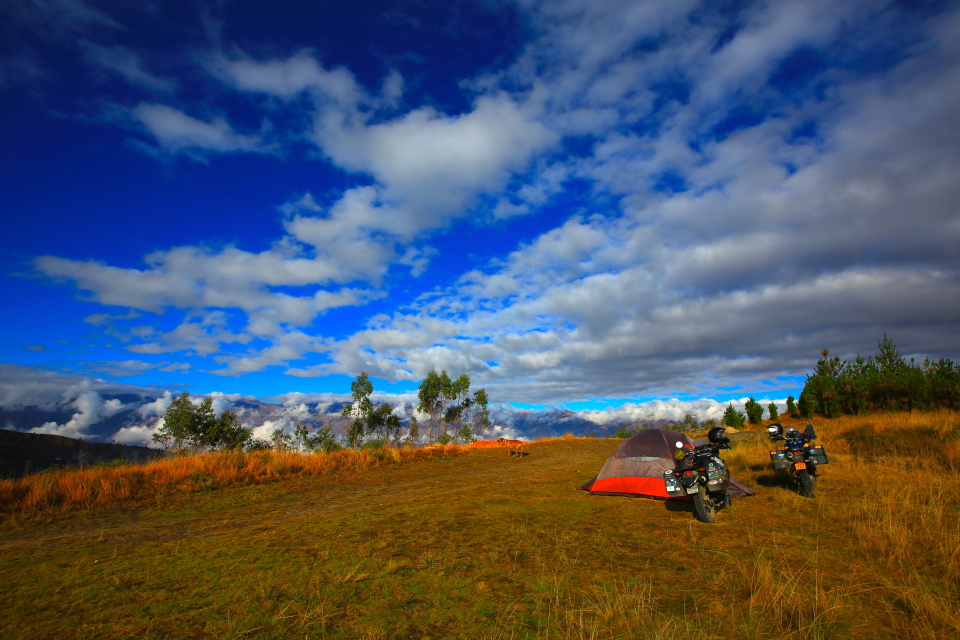
Sun on Brian and Michelle. Camping in a tent in the cold rain for days is no fun! (I assume this from our comfy glamper).














